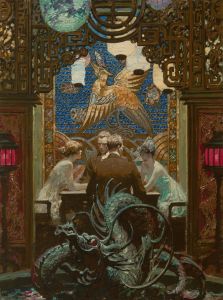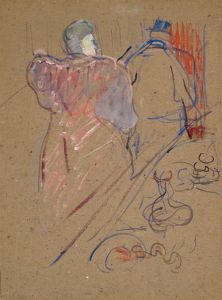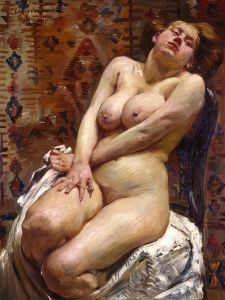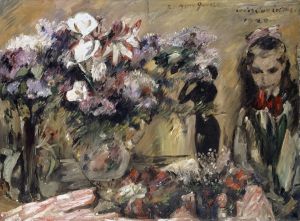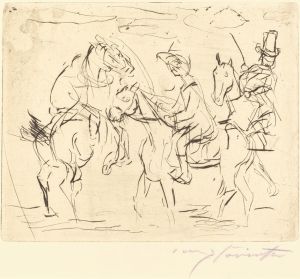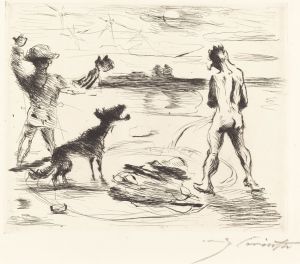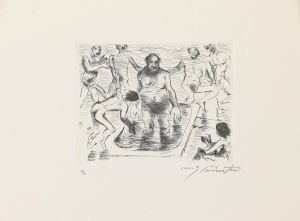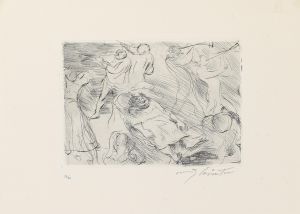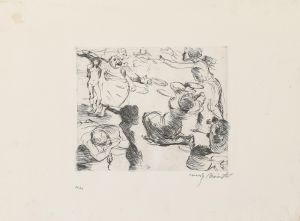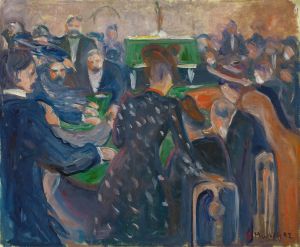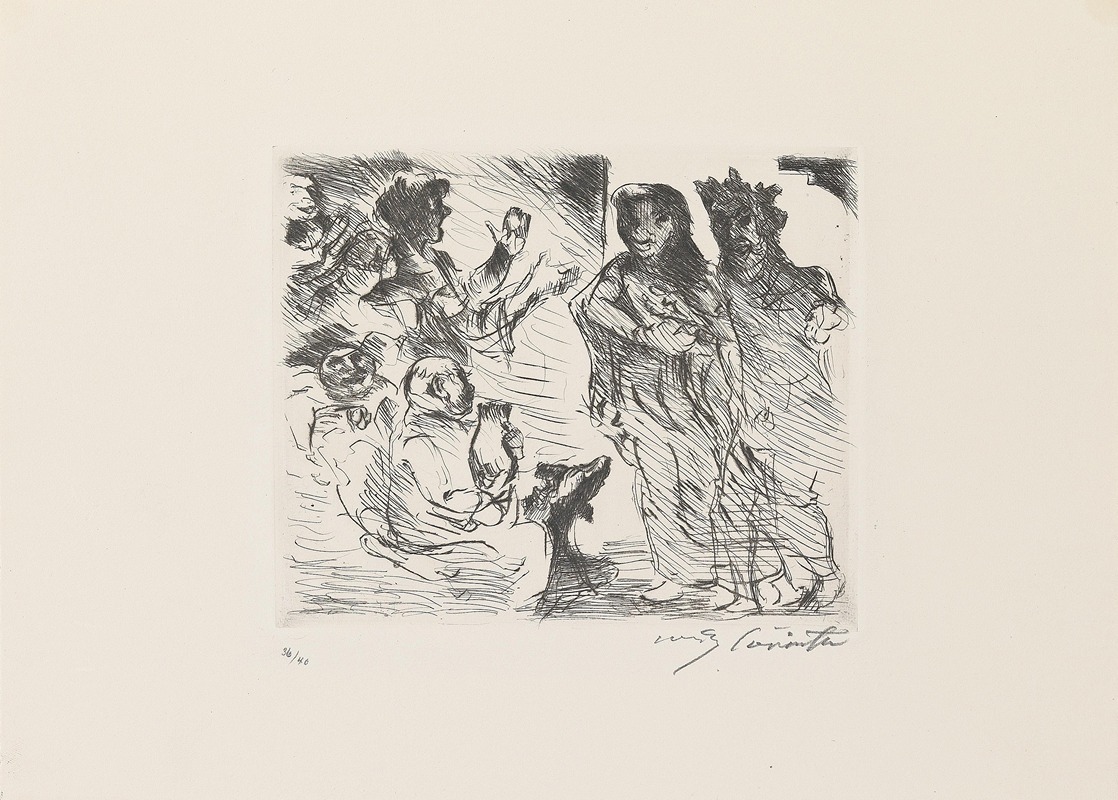
Gastmahl des Trimalchio 12
A hand-painted replica of Lovis Corinth’s masterpiece Gastmahl des Trimalchio 12, meticulously crafted by professional artists to capture the true essence of the original. Each piece is created with museum-quality canvas and rare mineral pigments, carefully painted by experienced artists with delicate brushstrokes and rich, layered colors to perfectly recreate the texture of the original artwork. Unlike machine-printed reproductions, this hand-painted version brings the painting to life, infused with the artist’s emotions and skill in every stroke. Whether for personal collection or home decoration, it instantly elevates the artistic atmosphere of any space.
Lovis Corinth's painting Gastmahl des Trimalchio 12 (translated as Banquet of Trimalchio 12) is one of the works in his series inspired by the Roman novel Satyricon by Petronius. The Satyricon, written in the 1st century CE, is a satirical and episodic narrative that provides a vivid depiction of Roman society during the early Imperial period. One of its most famous episodes is the "Cena Trimalchionis" (The Banquet of Trimalchio), which describes an extravagant and grotesque feast hosted by Trimalchio, a wealthy freedman known for his ostentatious displays of wealth and lack of refinement.
Lovis Corinth (1858–1925) was a German painter and printmaker associated with the late 19th and early 20th-century art movements of Impressionism and Expressionism. His works often explored themes of mythology, history, and literature, blending dramatic intensity with a dynamic use of color and form. Corinth's interest in the Satyricon reflects his fascination with classical antiquity and its complex interplay of decadence, humor, and human folly.
The Gastmahl des Trimalchio series, including Gastmahl des Trimalchio 12, captures the chaotic and exaggerated atmosphere of Trimalchio's feast. Corinth's interpretation emphasizes the grotesque and theatrical aspects of the scene, portraying the guests, servants, and Trimalchio himself in a manner that highlights the absurdity and excess described in Petronius's text. The series is notable for its vivid brushwork, bold use of color, and the artist's ability to convey movement and emotion.
Details about the specific painting Gastmahl des Trimalchio 12 are limited, as it is part of a larger body of work that Corinth created on this theme. The painting likely reflects Corinth's characteristic style during the period in which it was created, marked by his mature Expressionist approach. Corinth's works from this time often exhibit a raw energy and a focus on the psychological depth of his subjects.
The Gastmahl des Trimalchio series as a whole is considered an important contribution to Corinth's oeuvre, showcasing his ability to reinterpret classical literature through a modern artistic lens. It also reflects broader trends in early 20th-century art, where classical themes were revisited and reimagined in response to contemporary concerns and artistic innovations.
Further specific information about Gastmahl des Trimalchio 12, such as its current location, date of creation, or detailed analysis, is not readily available in existing sources.





